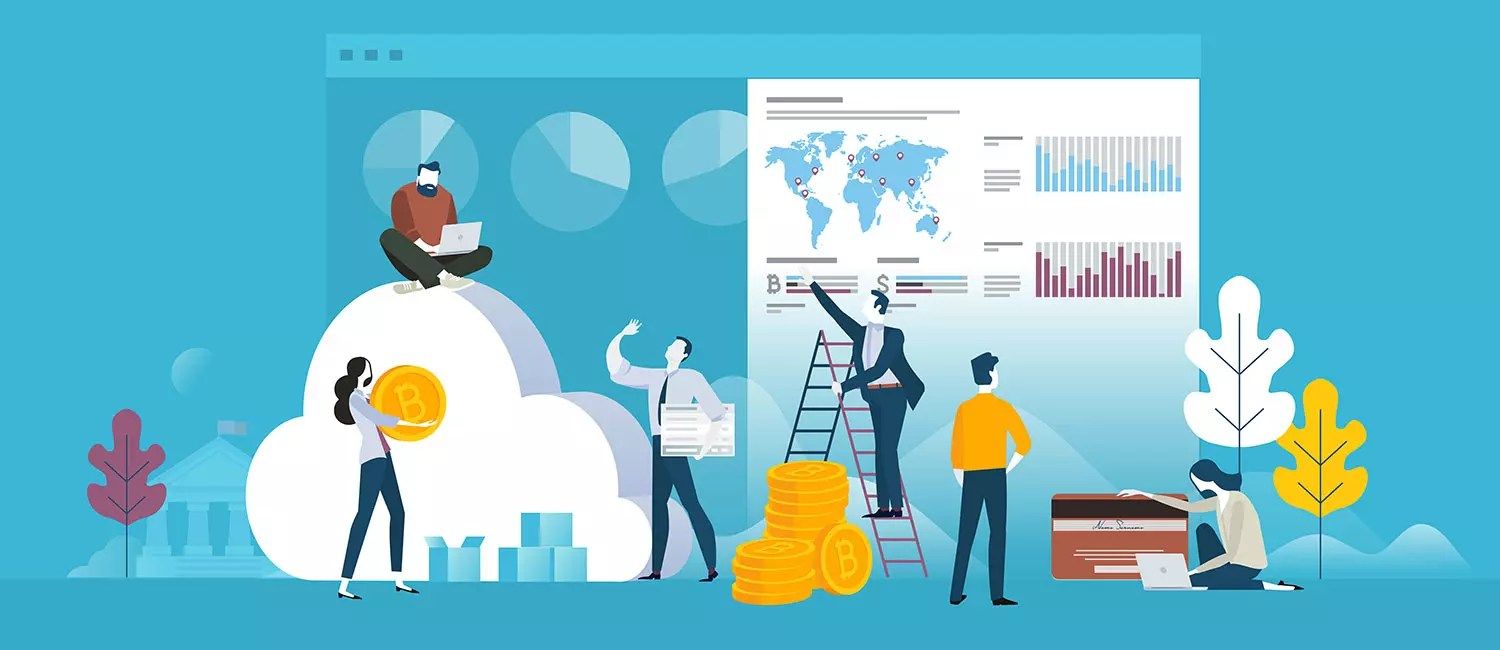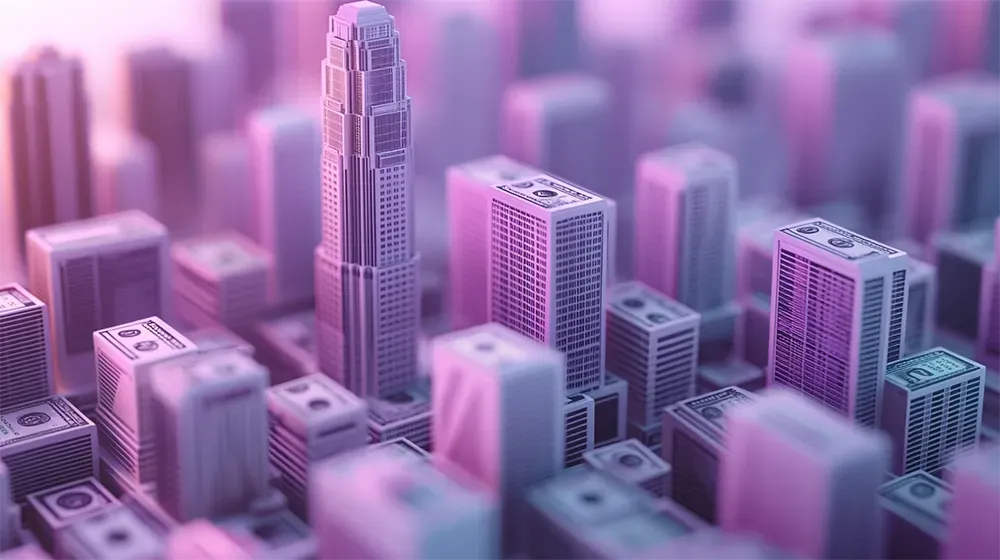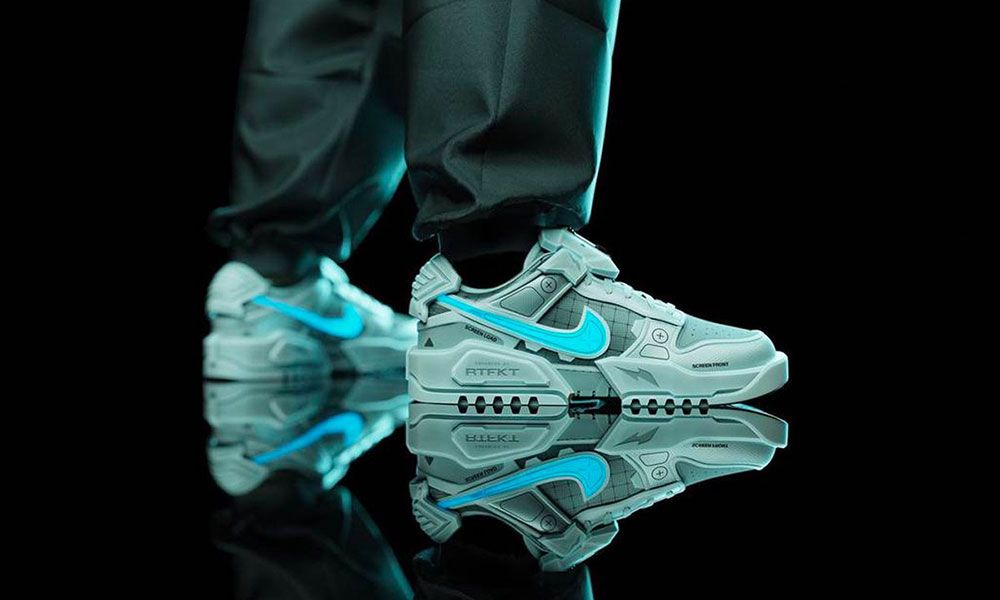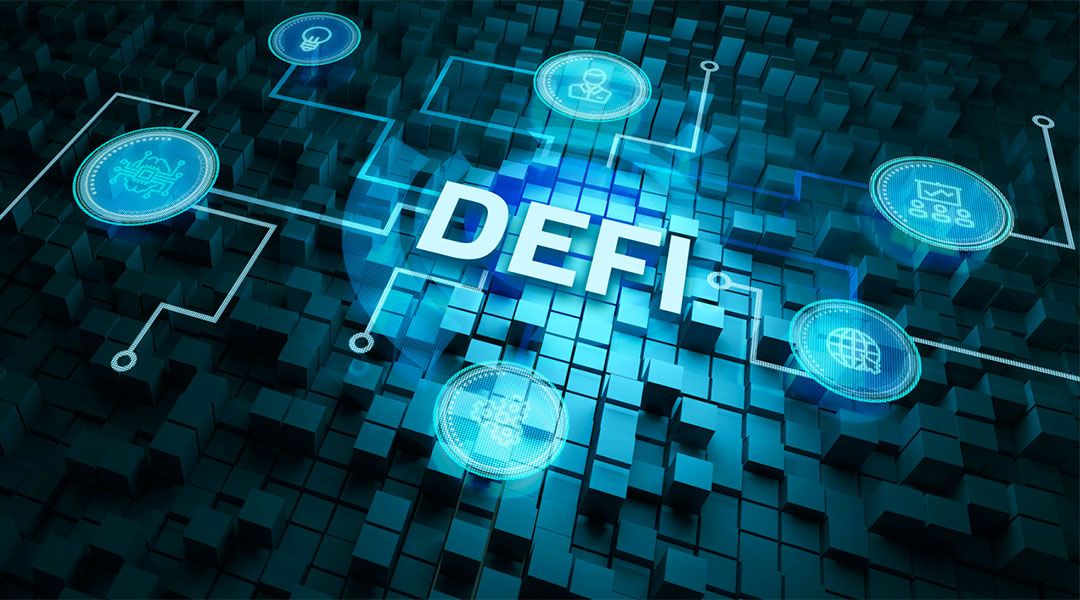How Security Tokens Could Change Liquidity and Transform the World’s Economy

Traditionally, assets such as real estate, collectables and art have been relatively illiquid. This means that the asset cannot be easily bought or sold in the market. If an investor wants to sell a $100 million building, it usually will take some time before the investor has the money, if there is a market for in the first place. On the other hand, a company’s stock is relatively liquid as it can be quite easily converted into cash. Cash is considered the standard for liquidity as it can be converted into another asset at any moment.
Liquidity ratios are a measurement for how fast assets can be turned into cash to pay for short-term obligations. The current ratio looks at all those assets that can reasonably be converted into cash within one year. This is the least strict ratio. It covers not only cash but also inventories, accounts receivables and cash equivalents. The current ratio is calculated by dividing your current assets by your current liabilities. The cash ratio, however, is the most stringent and ignores assets such as your inventory. It only covers cash, cash alternatives and short-term investments.
Liquidity is important for organisations. Even highly profitable organisations can run into problems if their liquidity is too low to respond to unexpected events.
In short, a company’s liquidity informs you how easy it can buy and sell the assets at hand. Liquidity ratios are, therefore, important. They should fall within a certain range: too low means that the company cannot pay its liabilities. Too high means that the company is not utilising its cash efficiently. Liquidity is important for investors building their portfolio, who should combine liquid and illiquid assets depending on their strategy.
Security Tokens and Liquidity
The concept of liquidity as we know it might soon need to be changed. Until today, real estate, collectables and art have been perceived as illiquid, but with the advent of security tokens, this might drastically change. When these assets are tokenised and sold across the globe, they have the potential to become highly liquid. That would result in an influx of liquid assets that could significantly change global markets.
However, a security token by itself is not a liquid asset. First, we need the right infrastructure because even a token remains illiquid if you cannot sell it to someone else. Only when a security token can be easily exchanged on a secondary market, it becomes liquid. And only if there is sufficient demand for the security token. After all, a token that nobody wants to buy is still illiquid. In short, for security tokens to become liquid assets, there needs to be an infrastructure, and there needs to be demand.
The Security Token Infrastructure
The infrastructure goes beyond just having (de)centralised exchanges for security tokens such as tZero (which was launched end of January), OpenFinance or the upcoming Malta Security Token Exchange. It also requires clear disclosures about the projects at hand as well as approved liquidity protocols to enable the programmability of security tokens (arguably the biggest advantage of security tokens). According to Jesus Rodriguez, managing director at Invector Labs, the security ecosystem should also include P2P-Swap trading protocols, debt tokens, custody, future and other derivatives as building blocks to unlock the liquidity in security tokens.
Once the security token ecosystem is in place, it becomes possible to make illiquid assets liquid. Thanks to distributed ledger technology and smart contracts, asset ownership transfer can be automated while adhering to global/local private security laws. If you are 25% owner of a tokenised building, you could decide to sell in the morning and have your cash before you finish your cup of coffee. That would revolutionise financial markets and the world economy.
All the administration generally involved in trading (il)liquid assets can be done using blockchain technology, thereby significantly reducing costs while improving efficiency. After all, required steps such as KYC/AML checks, investor accreditation checks as well as compliance checks in both the buyer and seller’s jurisdictions can be done ‘on chain’.
The future of liquidity
Security tokens promise to fundamentally change trading currently illiquid assets. That would require investors to completely rethink their portfolio as they obtain a lot more possibilities to reduce risks while benefiting from opportunities. If ‘all of a sudden’, trillions of dollars become liquid, it will have a major effect on the world economy.
However, the ecosystem is not there yet. Security token regulation still needs to be developed in many countries, and the above-mentioned building blocks need to be incorporated in the security token ecosystem. It will probably take another 3-5 years, before launching a security token offering is the new normal for organisations and money can flow more freely across the globe.
Image: PureSolution/Shutterstock





